Report on Gluten Intolerance and its Effects on Nutrient Absorption
VerifiedAdded on 2020/07/22
|6
|967
|121
Report
AI Summary
This report delves into the intricate relationship between gluten intolerance and nutrient absorption within the small intestine. It begins by outlining the mechanisms of nutrient absorption, emphasizing the role of villi and microvilli in maximizing surface area for nutrient uptake. The report then elucidates how gluten intolerance disrupts this process, describing how gluten triggers an immune response that damages the intestinal lining, particularly the villi. This damage impairs the absorption of essential nutrients, including Vitamin B12, leading to various deficiencies and elevated homocysteine levels, indicating a poor vitamin status. The report utilizes a concept map to visually represent the cascade of events from gluten consumption to nutrient deficiencies. The report concludes by highlighting the importance of understanding these effects for individuals with gluten intolerance and the broader implications for nutritional health. The report is supported by multiple research journal references.
1 out of 6
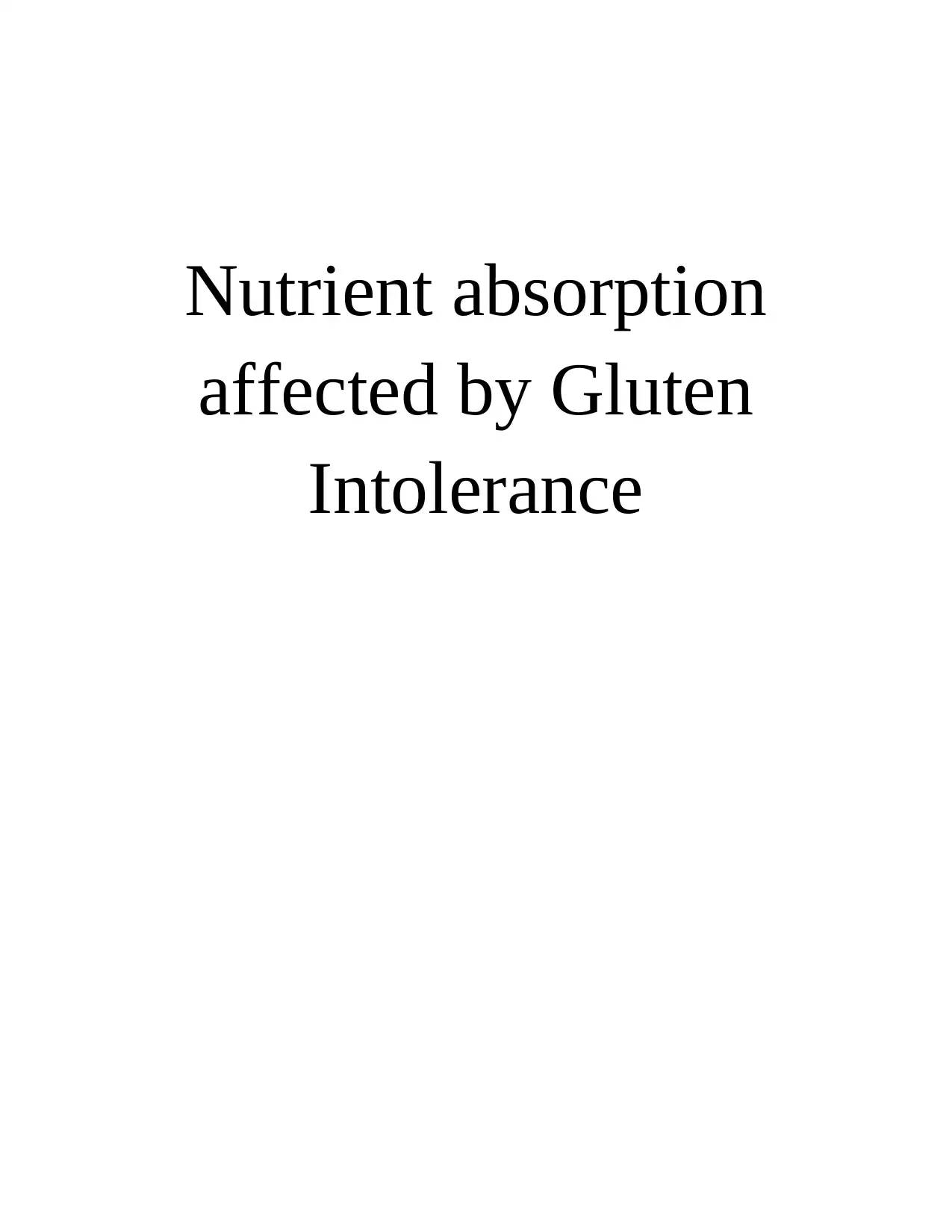
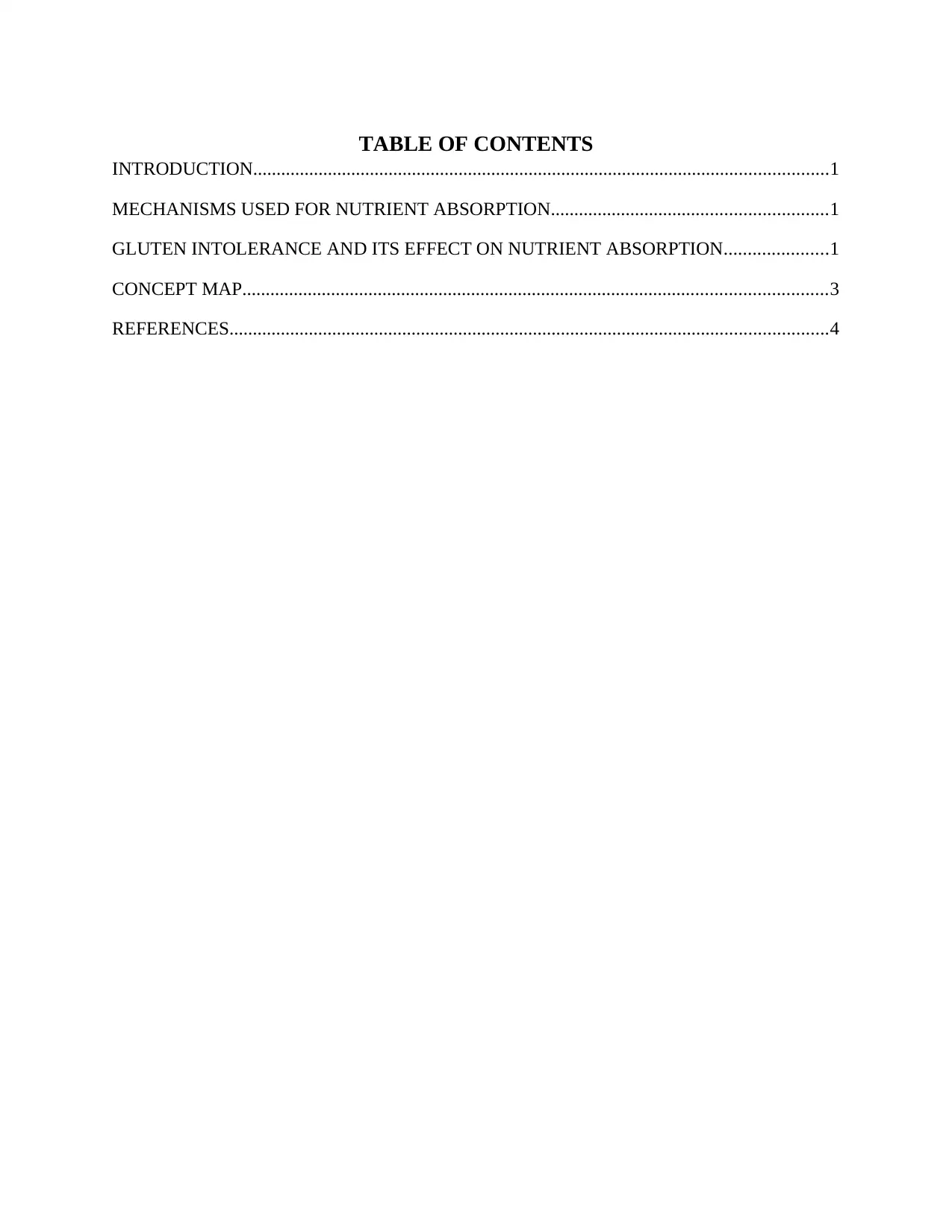
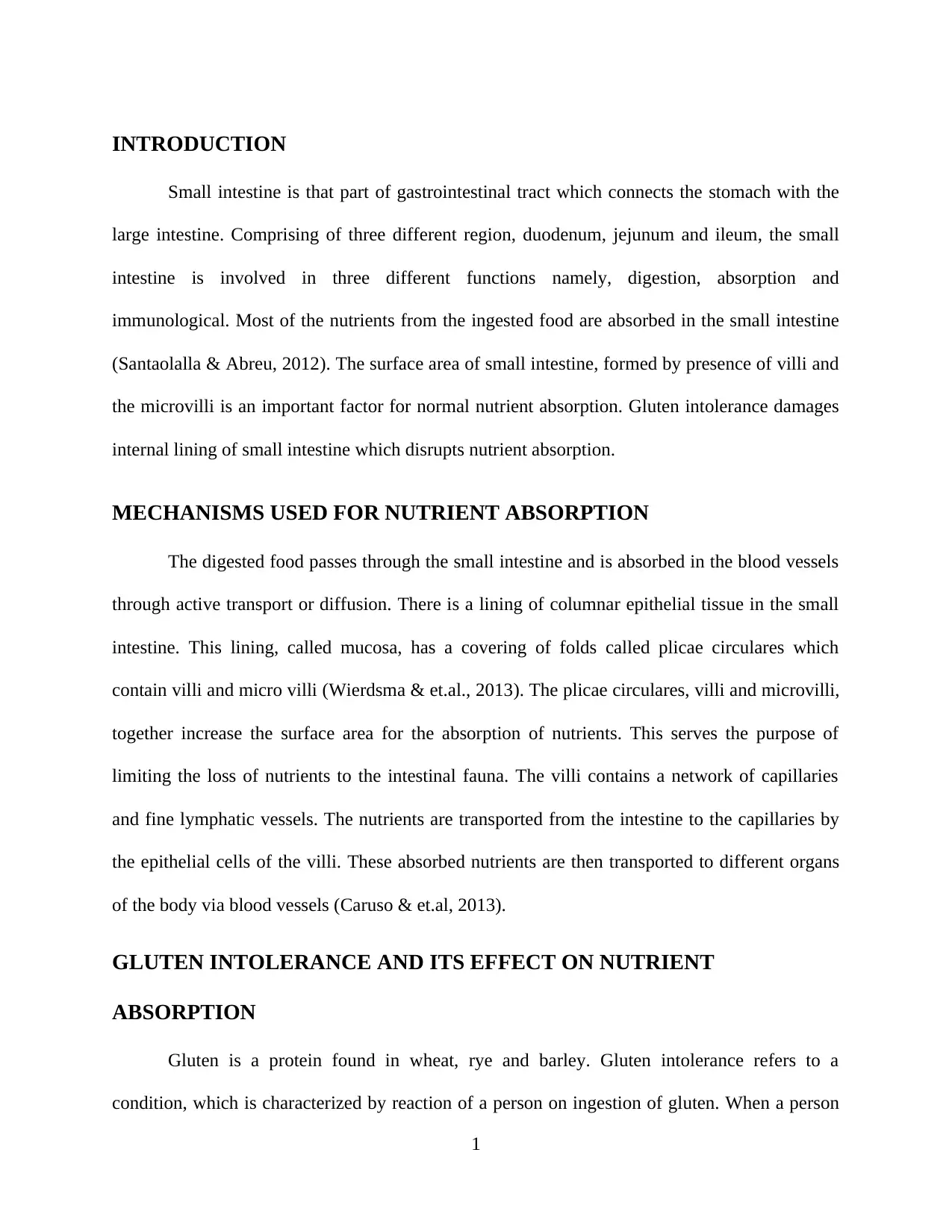

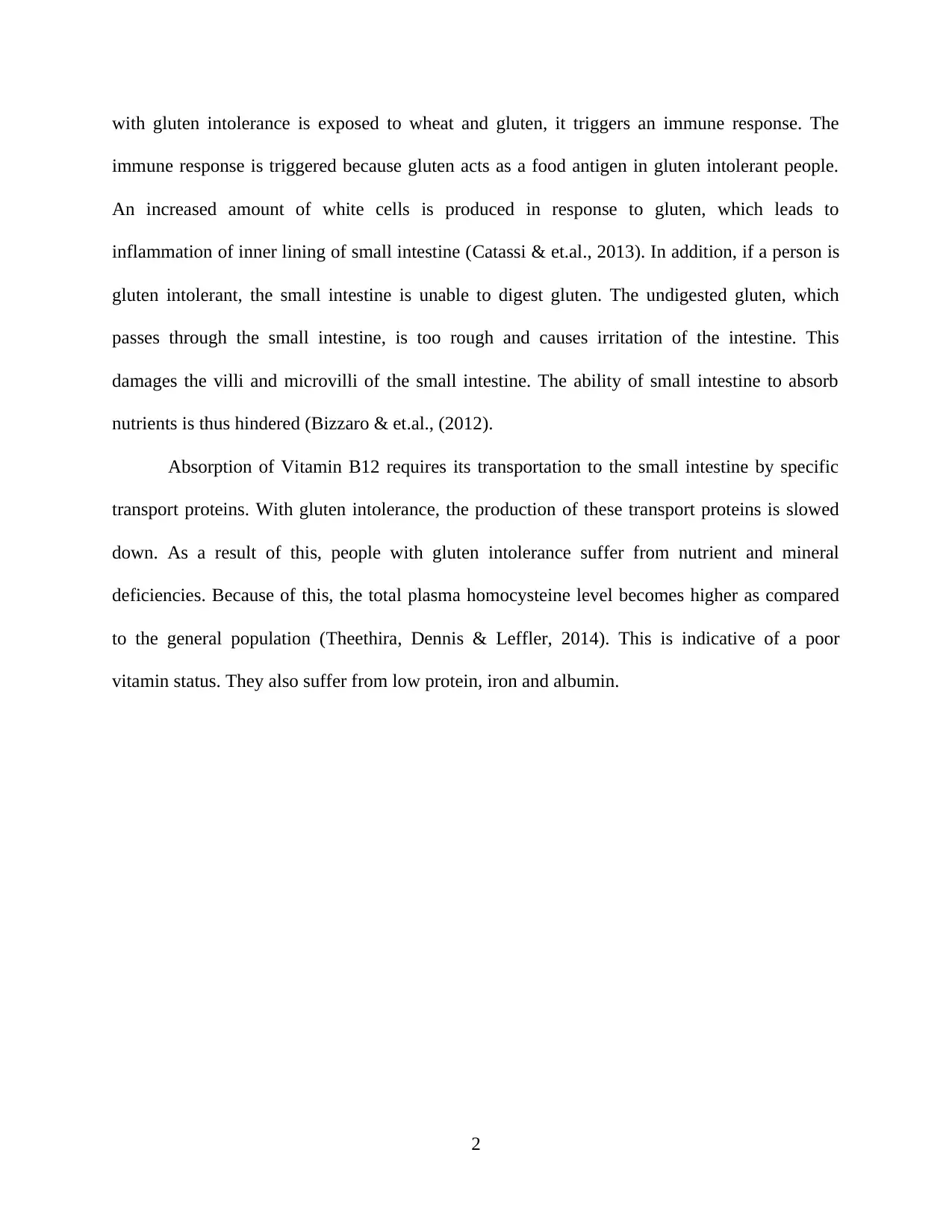
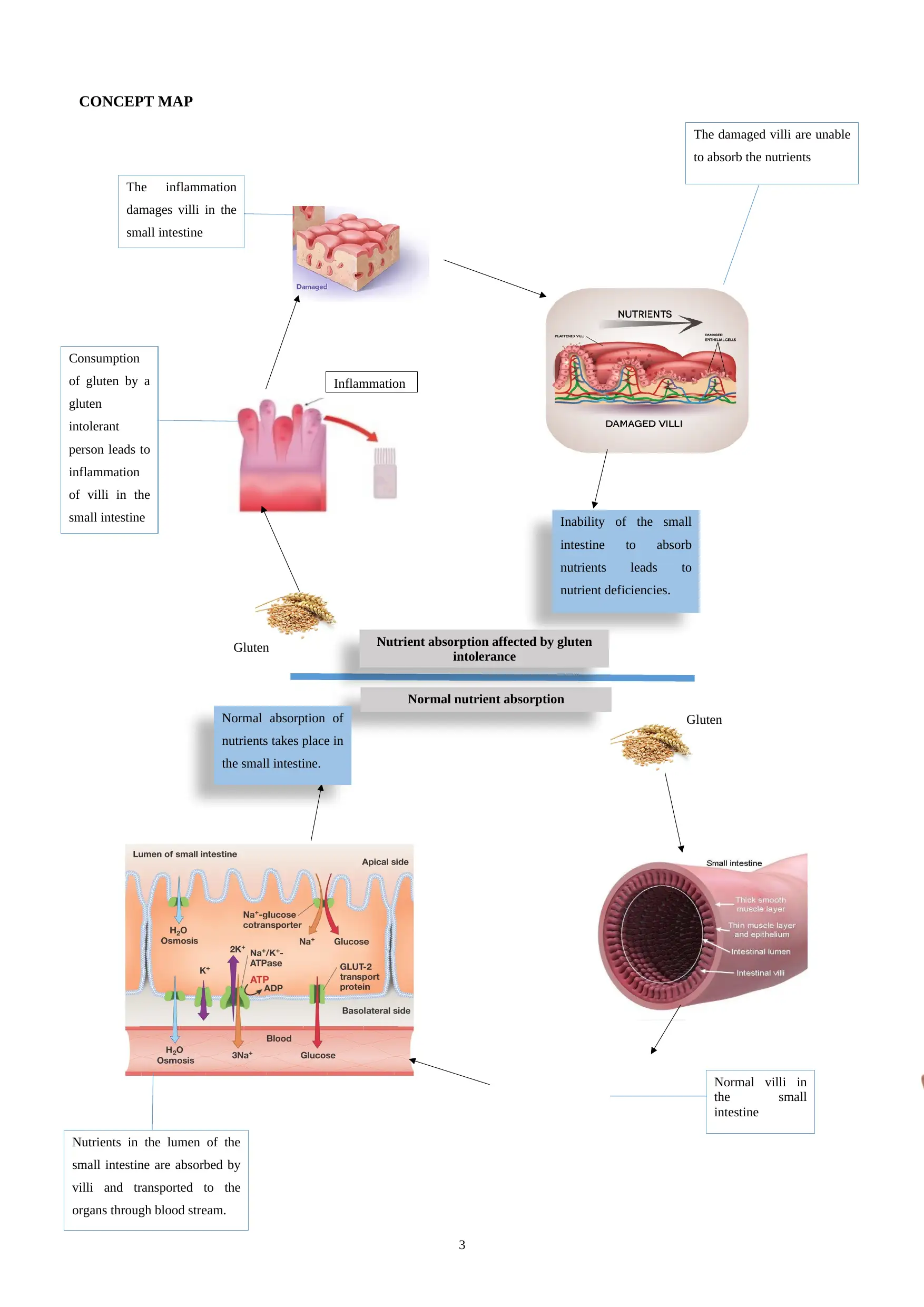
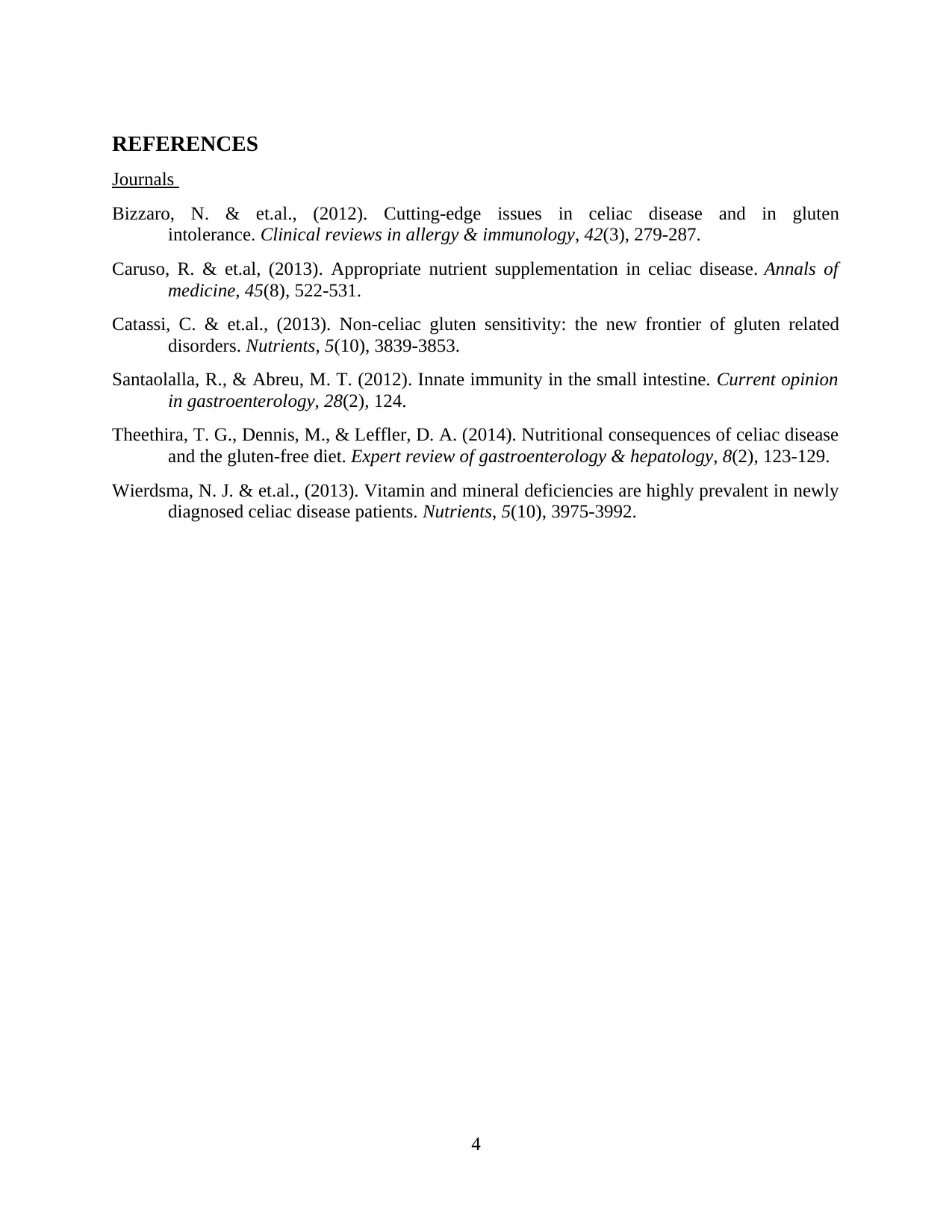




![[object Object]](/_next/static/media/star-bottom.7253800d.svg)